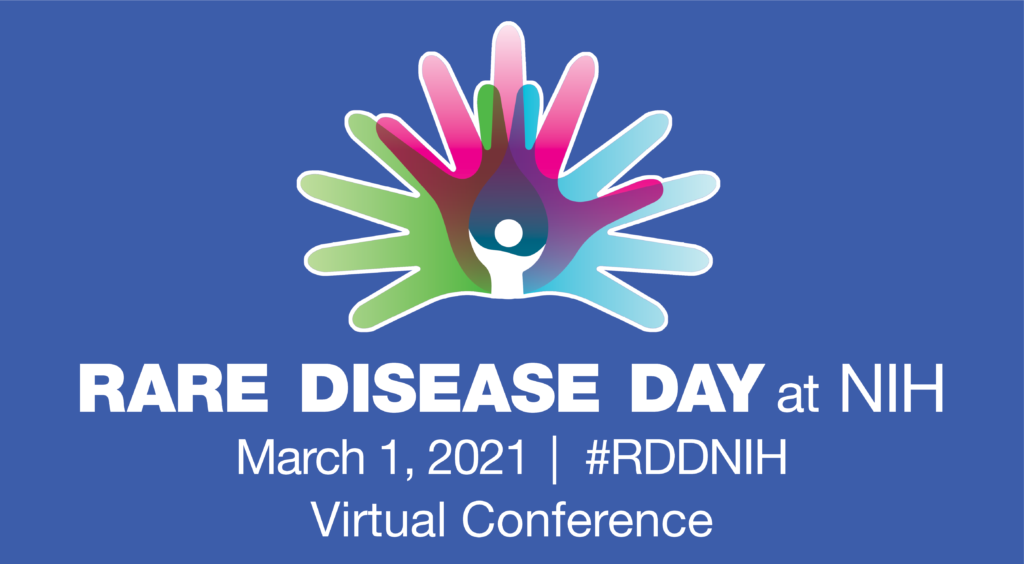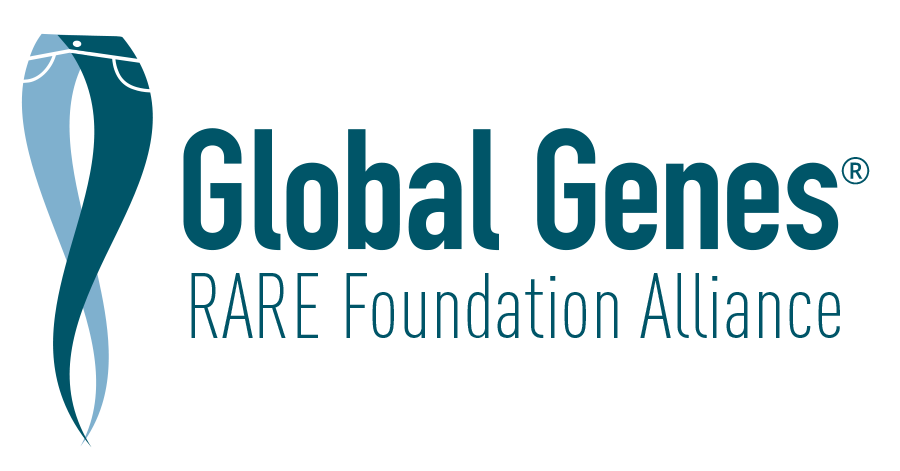#ScienceSaturday posts share relevant and exciting scientific news with the KAND community. This project is a collaboration between KIF1A.ORG’s Research Engagement Team Leader Alejandro Doval, President Kathryn Atchley, Science Communication Associate Aileen Lam and Chief Science Officer Dr. Dominique Lessard. Send news suggestions to our team at impact@kif1a.org.
Save The Date!
KIF1A.ORG Team Member, Researcher and Advocate to Speak at “24 Hours of Rare” Event
Mark your calendars for February 28th at 1pm Eastern Time as 24 Hours of Rare presents “Teaming up on Single-Gene Diseases: A Collaborative Approach to Treatment.” Led by KIF1A.ORG Co-Founder Luke Rosen, KAND clinical expert Dr. Wendy Chung and fierce KIF1A advocate Stephanie Fischer, you don’t want to miss this thoughtful and insightful discussion on building lasting partnerships in rare disease. Click the button below to register!

KIF1A.ORG Co-Founder Luke Rosen to Speak at National Institutes of Health Rare Disease Day

The National Institutes of Health is celebrating Rare Disease Day on March 1st, 2021. Rare Disease Day at NIH is a free, annual event held on (or close to) the International Rare Disease Day®. This event is intended to invite the rare diseases community to NIH (virtually), highlight NIH-supported research, and exchange rare disease information and advances. Additionally, KIF1A.ORG’s own Luke Rosen will be speaking on a panel session focused on health literacy and how to elevate the rare diseases community and enhance research. To learn more about this virtual conference and how you can get involved, click the button below!
Recent KIF1A-Related Research
Combined kinesin-1 and kinesin-3 activity drives axonal trafficking of TrkB receptors in Rab6 carriers
The neurons in our nervous system are part of a beautifully complex and intricate network of cells that all work together to function optimally. In order to do so, neurons must have mechanisms established that allow information from the outside environment to enter the cell. This is achieved in part through a type of protein called receptors on the surface of neurons. A receptor acts as a bridge between the outside environment of the nervous system and the inside world of the cell. In doing so, receptors transmit very specific types of information to a neuron that can initiate a process called cell signaling, which is very useful for the quick delivery of new information in a cell. One receptor that is important in neurons is called tropomyosin-related kinases receptor B, or TrkB for short. TrkB receptors are a cellular cargo that must be transported to specific positions in the neuron to function properly. How are they transported? You guessed it: KIF1A!
This week’s featured paper investigates many fascinating components about TrkB transport, including the role of KIF1A and other kinesin motors in this process. From this study we learn that in order for optimal TrkB transport, KIF1A is not working alone. In fact, we learn that KIF1A works together with another kinesin motor known as KIF5C to get the job done! This cellular teamwork is a great example of how two different kinesin motors can team up within our cells to achieve a common goal, in this case the transport of TrkB. To learn more about the concept of cell signaling and how cells can communicate to each other, check out the video below!
Rare Disease News
Global Genes Releases 2021 NEXT Report
Hot off the press! Today we are featuring a report lead by Global Genes, a leading rare disease patient advocacy organization whose mission is to connect, empower and inspire the rare disease community. In this annual report, the Global Genes team reflects on a particularly challenging year for the rare disease community amidst the COVID-19 pandemic. As reflected by the title of this report, this resource also highlights an important and familiar theme for the rare disease community in 2021: resilience and ingenuity.
Many trends to watch in 2021 are highlighted in this report such as using data as a driver of progress, having nimble development and tailored solutions, aligning policy with paths to progress, and leveling the playing field to combat disparities that limit individuals’ access to services and care. Additionally, KIF1A.ORG Co-Founder Luke Rosen addresses our personal trials and tribulations of keeping research going during the COVID-19 pandemic in the introduction. Check it out!

MACHINE LEARNING STUDY INITIATED AT THE WYSS INSTITUTE IN COLLABORATION WITH GOOGLE RESEARCH ENABLES UNPRECEDENTED AAV CAPSID DIVERSIFICATION WITH POTENTIAL FOR IMPROVING GENE THERAPIES
The combination of machines and viruses may sound frightening, but in the context of gene therapies, this partnership could be extremely valuable in advancing the field of therapeutics! Viruses, specifically adeno-associated viruses (AAVs), are being used as vessels to deliver gene therapies to affected tissues in humans because they are not pathogenic and can transfer DNA to cells of interest. What this means is that scientists are using the outer shell of viruses without the harmful viral factor to carry DNA to tissues in the human body, taking advantage of the process in which viruses would be introduced to humans as a way to express desired DNA. However, despite this scientific breakthrough, there are some challenges that AAV-directed gene therapy still needs to overcome. The two major obstacles currently are the AAV vehicles’ limited ability to specifically target in on defective tissues and the immune system’s response to the AAV virus that produces neutralizing antibodies, which block therapeutic effects.
In response to the issue of neutralizing antibodies, scientists are looking to create diverse AAV vessels as a way to avoid the immune system reaction, as the diversification will help prevent recognition and the release of antibodies to attack the AAVs. This idea brings us to the main story of this article, which highlights the success of a computational approach to design AAV capsid variants through a machine learning study directed at the Wyss Institute in collaboration with Google Research. By focusing on DNA sequences that encode protein segments involved in immune-recognition and target tissue infection, researchers, such as Eric Kelsic, Ph.D., and Sam Sinai, Ph.D., trained multiple machine learning methods to create 200,000 virus variants with 110,689 of them being viable AAVs! With a highly diverse and functional capsid library, researchers are now more equipped to create more advanced AAV vehicles for gene therapy that can reduce the immune system’s neutralization effect and improve the selectivity of target tissues. To get more than just a glimpse of this artificial intelligence approach that has opened up the possibilities for new designs of drug development and delivery, click on the article below! If you’re interested in learning more about AAV-directed gene therapy, check out the video as well!

